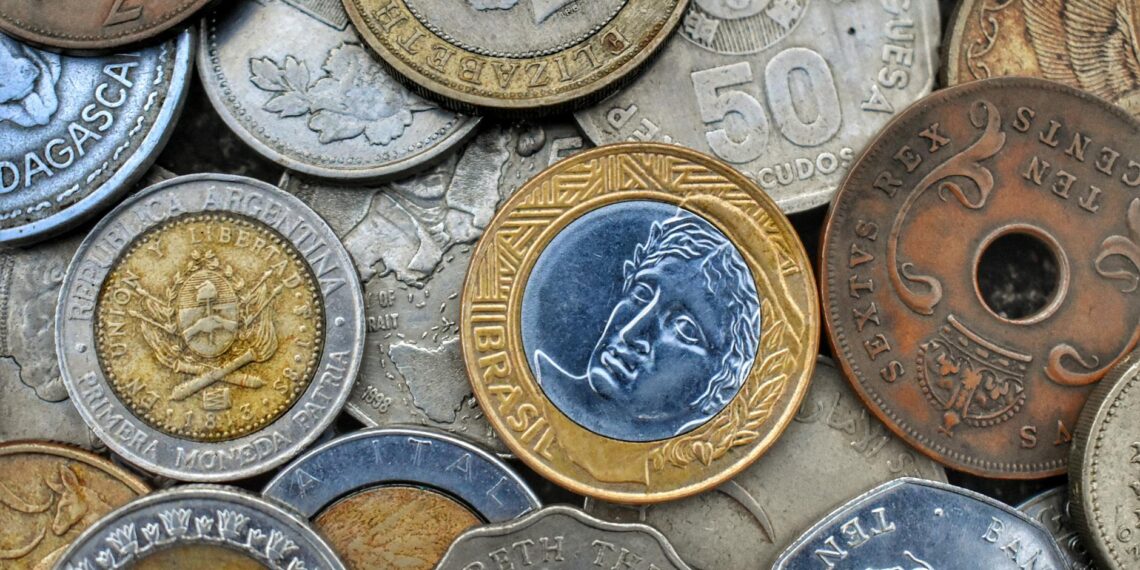The value of Atocha silver coins varies significantly based on several factors, including:
- Denomination: Atocha silver coins come in denominations of 8 reales, 4 reales, 2 reales, 1 real, ½ real, and ¼ real. The 8 reales coin, also known as a “piece of eight,” was the most widely used and is often considered the equivalent of a silver dollar.
- Grade/Condition: Coins are graded based on their condition and how well they endured their time underwater. Grade 1 coins are the most valuable, followed by Grade 2, 3, and 4.
– Grade 1 coins can be valued at approximately $800 to $1200.
– Grade 2 coins can be valued at $600 to $800.
– Grade 3 coins can be valued at $300 to $400.
– Grade 4 coins can range from $50 to $150, depending on the duration of their submersion.
– More recent listings show significantly higher prices, particularly for graded coins with strong certifications. For example, a Grade 1 8 Reales coin is listed for $9550, [according to Assay] . Another listing on eBay offers a rare silver 8 Reales coin certified and signed by Mel Fisher for $8450.
- Provenance and Authenticity: To ensure a coin’s authenticity and value, look for:
– Certificates of Authenticity (COA): Reputable sellers will provide a certificate of authenticity, ideally one issued by the salvor of the wreck, such as Mel Fisher’s Treasure Salvors Inc.
– Mint Markings: Inspect the coin for mint markings, date, and denomination to verify alignment with historical records.
– Material and Patina: Genuine Atocha coins are made of silver or gold and often have a distinctive patina from being underwater for centuries.
– Reputable Sellers: Purchase from reputable dealers or auction houses specializing in Atocha coins.
- Date and Mint: Coins minted between 1598 and 1621, or earlier dates, are particularly noteworthy. Examples include:
– A Grade 1, 4 Reale from the Lima Mint, offered for $68,000.
– An 8 Reales coin from the Potosi Mint with the “Q” assayer mark, listed for $11,500.
- Market demand and rarity: While Atocha coins are generally considered rare and valuable, specific denominations and grades can be more sought after than others, influencing the price.
Important considerations:
- Cleaning Coins: It’s generally advised not to clean Atocha coins as it can damage their patina and reduce their value.
- Replicas: Be cautious of replicas and fakes. Ensure the coin has a verifiable history and a certificate of authenticity from a trusted source.
In summary, the value of Atocha silver coins depends on various factors, including their grade, denomination, provenance, and the specific historical details they represent. For the most accurate valuation, consulting a professional numismatist or appraiser specializing in shipwreck coins is recommended.









Are Atocha coins going up in value?
As historical artifacts with limited availability, Atocha coins going up in value make them an appealing investment option for collectors and enthusiasts alike.
How can you tell if an Atocha coin is real?
Provenance: Authentic Atocha coins come with well-documented histories and certificates of authenticity, tracing their recovery back to the shipwreck. Mint Markings: Inspect the coin for mint markings, date, and denomination, as these should align with the historical records.
How much money was the Atocha worth?
From my experience, He and his crew discovered the “mother load” of Atocha’s vast treasure, by some estimates, worth over $400 million !
Who owns the Atocha treasure now?
Thanks for asking. After the discovery in 1971, the State of Florida claimed title to the wreck and forced Treasure Salvors, Inc. into a contract giving 25% of the found treasure to the state.